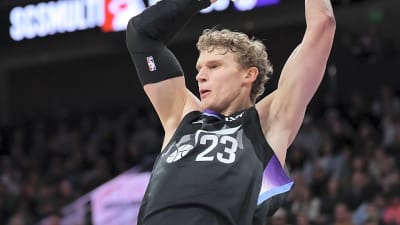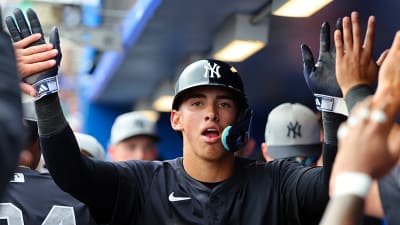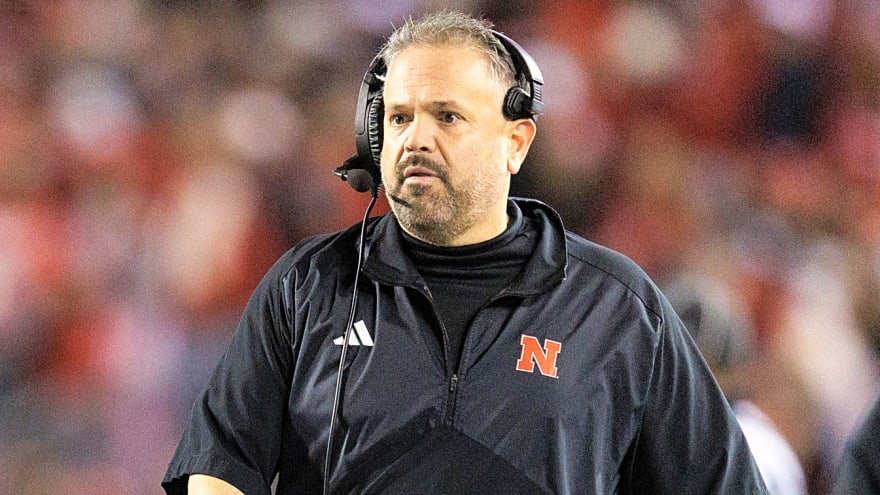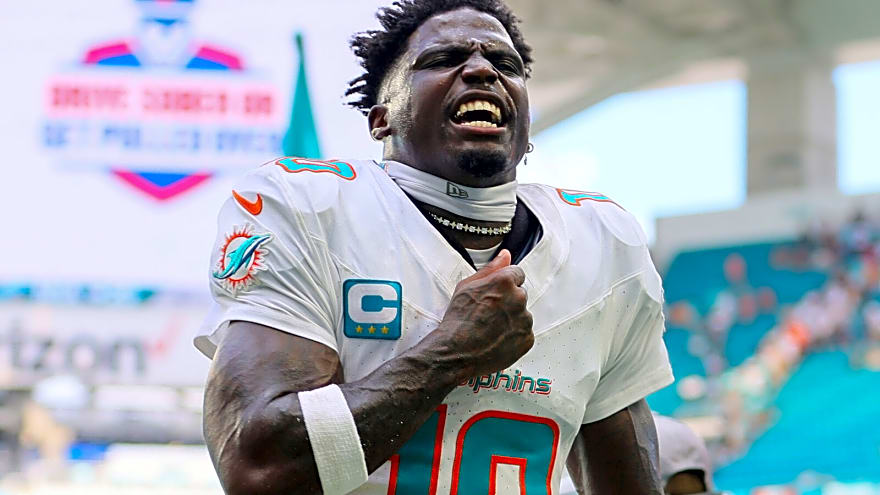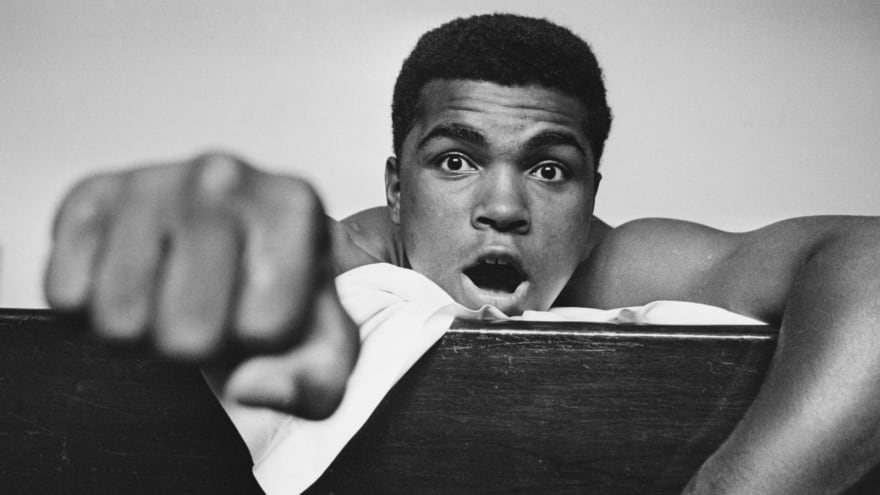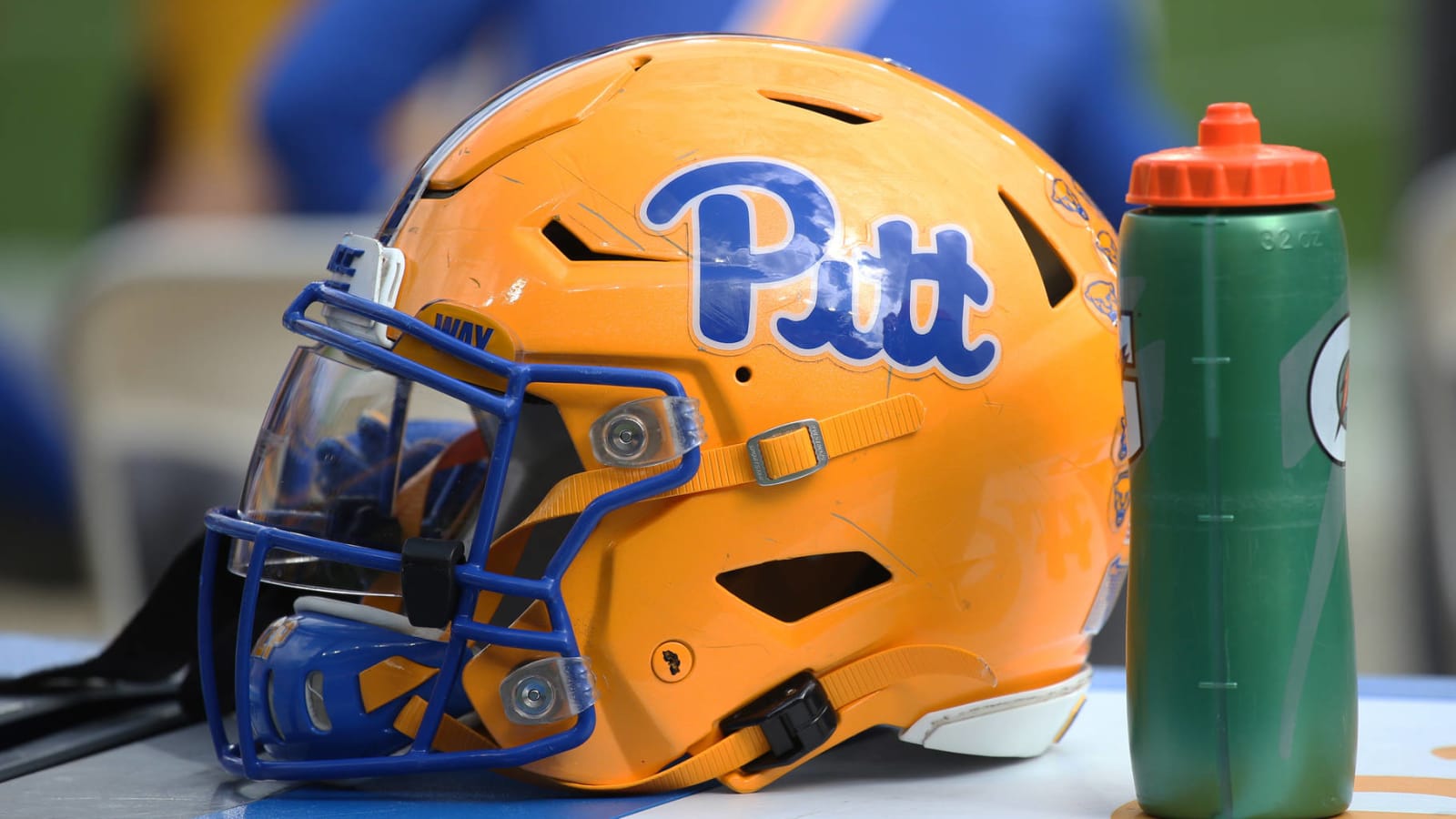
Pitt, Virginia Tech players don't have to wear masks on field
The state of Pennsylvania and Gov. Tom Wolf have clarified an order that previously had members of the Virginia Tech Hokies and Pittsburgh Panthers believing they'd have to wear face coverings on the field during Saturday's game held at Heinz Field in Pittsburgh.
According to Andrea Adelson of ESPN, football players in the state are exempt from wearing masks or other face coverings while actively competing because such gear "would likely create a medical issue."
In a statement shared by Adelson, Pitt explained:
"To provide further clarity, Pitt football student-athletes will be outfitted with face coverings throughout the game. However, they will not be required to have the coverings pulled up while in the midst of play to prevent the impairment of breathing. Such usage of face coverings during competition would be in compliance with Section 3 of the Secretary of Health's Face Covering Order."
The state's order reads:
"Section 3 of the Order provides an exception that allows an individual to remove their mask if wearing a face covering would either cause a medical condition, or exacerbate an existing one, including respiratory issues that impede breathing, a mental health condition or a disability."
Earlier in the day, both Pitt and Virginia Tech said they'd comply with the order and have players wear face coverings on the field and sidelines. The Penn State Nittany Lions, Pittsburgh Steelers, and Philadelphia Eagles had all claimed their players were exempt from wearing coverings while in action.
The NFL and NFL Players Association mandate that players, coaches, and other personnel wear face coverings inside locker rooms on game days at all times, including halftime. While league coaches must wear coverings on the sidelines, it's only recommended that players do so when they're not competing during a game.
More must-reads:
- Washington State-Stanford football game canceled due to COVID-19 issues
- Minnesota to be without 20 players for Friday game vs. Purdue
- The '2023 NFL AP second-team All-Pro' quiz
Breaking News
Trending News
TODAY'S BEST

NFL legend Tom Brady unleashes on current climate in college sports
NFL legend Tom Brady isn't happy with the current climate in college sports. Fueled by money — specifically, revenue-sharing and name, image and likeness deals — along with the transfer portal's explosion and ongoing conference realignment, Brady says a reality check is needed in collegiate athletics. "But because we’re just talking about money, money, money, money … that’s the only value in college? Is that what we’re saying? To me, the priorities are a bit messed up," Brady said in a conversation with Fox Sports' Joel Klatt on the "Big Noon Conversations" podcast. College sports, in particular football and basketball, are a big business, and Brady recognizes that. At the same time, given NIL and other factors, there isn't a ton of loyalty in the college game, as players switch schools all the time. Plus, as Brady notes, these players are missing out on the college experience that he had while playing quarterback for Big Ten Conference powerhouse Michigan from 1995-1999, because they're competing for two or three schools. "I didn’t go to three different colleges," Brady, who won seven Super Bowls in the NFL, continued. "I didn’t leave college when it seemed like I wasn’t gonna play. I wasn’t at college to do anything other than have a great college experience, to go to school, to have camaraderie with my teammates and to compete at a high level. That’s really where the focus was. And at a young age, that’s where I think the focus needs to be." Brady doesn't blame the players. They're teenagers or in their early 20s when suiting up for college teams. He says that players' parents have to protect them. It's even more complicated these days (and tempting) because of the money being offered to top-ranked prospects, and some of these young men also have agents now. "It’s very intriguing to get that quick dollar," Brady said. "Look, we had a $400 scholarship check, and it seemed like I was rich. It really did. I’m sure most kids felt like that. We got pizza cards to go to dinner, and we had a training table, and it was an amazing experience. We didn’t think about the money." Brady says his time at Michigan prepared him for the pro ranks. He was in college for four years but didn't become the Wolverines' starter until his junior season. While Brady was a good college quarterback, he wasn't elite. He was selected in the sixth round of the NFL Draft and used that as motivation to prove that he belonged in the pros. What then transpired was Brady evolving into the greatest quarterback in the history of the NFL. He says young players today are too quick to move to a different school if they're not getting enough playing time. "The lessons I learned in college — and certainly about competition — those traits transformed my life as a professional. I was ready to compete against anybody, because the competition in college toughened me up so much that I had a self-belief and self-confidence that whatever I was faced with, I could overcome that," Brady said. Brady isn't saying that money isn't important. But he is saying what many others are thinking. The emphasis on money in college sports is concerning and problematic. "We’re valuing the wrong things," said Brady.

Former Oregon Ducks Strength Coach Aaron Feld Leaving Miami Hurricanes, Mario Cristobal

Troubling news emerges on Bears QB Caleb Williams’ workout with HC Ben Johnson
It might have been a good thing the Chicago Bears didn’t play Caleb Williams on Sunday. The Bears might need to hide their second-year quarterback as he irons out his wrinkles in the pre-snap process and with accuracy issues. The No. 1 pick in the 2024 draft struggled with timing and accuracy during the Bears’ joint practice with the Miami Dolphins on Friday. Caleb Williams was inaccurate in the red zone against no defenders On Sunday, Chicago Bears head coach Ben Johnson chose not to play second-year quarterback Caleb Williams against the Dolphins in their first preseason game. Instead, Johnson led a workout with Williams and wide receivers Rome Odunze and DJ Moore before the game. Per Brad Biggs of the Chicago Tribune, the Bears ran a total of 87 plays during the workout. All of the plays were routes in the air with no defenders on the field for the scripted practice. Despite going against no defenders bringing pressure or guarding his receivers, Williams struggled to hit his targets in the red zone. "Williams would stand next to Johnson, who would give him the play," Biggs wrote. "Then, the quarterback simulated a huddle with the player (only one ran a route on each snap) and gave the play call. They’d break the huddle, go to the line of scrimmage, Williams would simulate pre-snap actions and then the play would be run… "Before ending the session with eight deep balls, there was a 25-play set of snaps in the red zone. One thing Williams struggled to connect on was out routes to Moore and Odunze near the goal line. Those throws were not close and Williams consistently led the receivers too much." A closed-door problem for the Chicago Bears The throws weren’t close during routes on air… in the red zone? Williams wasn’t ready to take the field for the preseason game. For all of the flak he’s been getting from practice reports, the quarterback would have been relentlessly mocked for having these issues shown during an NFL Network broadcast. Biggs’ report is troubling, with a month to go before the season. Williams has much to improve upon, and the Bears are very much trying to do so without cameras present for a reason.

Warriors' Big Man Target Could Pull Off Suprise Move Amid Passive Free Agency
The Golden State Warriors haven't made a move to improve their roster since free agency started. The Warriors lost one of their best players in Kevon Looney, who signed a two-year, $16 million deal with the New Orleans Pelicans. The team has been stuck on coming up with a plan on how to deal with free agent forward Jonathan Kuminga. The team wants Kuminga to sign the deal that they've offered him, which was the two-year, $45 million contract. The Warriors believe the contract will allow them to officiate a sign-and-trade option later on. However, the forward sees himself as worthy of earning at least $30 million a year. Due to that, the Warriors haven't signed anyone in the free agent market. Even Horford, who's likely to sign a one-year deal. Horford Could Opt to Retire The Warriors are taking too long to address the Kuminga situation. Anthony Slater of ESPN speculates that if Horford doesn't make any headway, he might decide to give up basketball. "The Kuminga situation continues to hold up business for them, keeping Horford in a holding pattern," Slater wrote. "But Horford is comfortable waiting. Retirement remains on the table, sources said, though the Warriors appear to be operating as if he is a firm part of their plan next season. Horford's former team, the Boston Celtics, isn't planning on bringing him back. Due to that, he remains unsigned and available in the free agent market. Although Horford is past his prime, he provides the much-needed veteran leadership. However, given how experienced the majority of the Warriors' players are, that might not be necessary.

Five best NFL offseason value signings on offense: Bills get great deal with RB extension
Few know how to spend money like an NFL front office. This offseason, teams handed out over $4 billion in extensions alone, not to mention the several other billions spent in free agency. But which were the shrewdest investments? Below, we examine the best value signings at five positions on offense: quarterback, running back, wide receiver, tight end and offensive line. Las Vegas Raiders quarterback Geno Smith Contract: Two years, $75 million ($65.5M guaranteed) Shortly after acquiring Smith in a trade from the Seattle Seahawks, the Raiders extended the 2022 Associated Press Comeback Player of the Year to a contract that raises the Raiders' floor while maintaining flexibility. Smith has a manageable $26.5M cap hit in 2026, when Over The Cap projects Las Vegas to have the third-most cap space ($78.7M) based on an estimated 5.8 percent cap increase. Since 2022, Smith has the third-highest completion percentage (68.5 percent) among 32 quarterbacks with at least 20 starts during that span. He's also tied with Kansas City Chiefs quarterback Patrick Mahomes for the second-most fourth-quarter comebacks (10) and trails only Mahomes in game-winning drives. Buffalo Bills running back James Cook Contract: Four years, $48M ($30M guaranteed) Los Angeles Rams running back Kyren Williams pierced Cook's bubble when he signed a three-year, $33M extension on Aug. 5. The Bills running back sought $15M per year, making his $12M in annual average value (AAV) a huge win for Buffalo. Over Cook's first three seasons, he's averaged 4.9 yards per carry. In 2024, he led the NFL with 16 rushing touchdowns. With just 533 career tackles, Cook doesn't have the wear-and-tear of other backs who've made splashes early in their careers, raising hopes that he can withstand the workload that comes with being Buffalo's featured back. Cincinnati Bengals wide receiver Tee Higgins Contract: Four years, $115M ($40.9M guaranteed) The Bengals retained Higgins at a remarkable price, keeping him in Cincinnati at less than $30M per year, the going rate for the league's top wideouts. Per Spotrac, while Higgins is No. 10 in AAV among wide receivers, he ranks just outside the top 20 in guaranteed money. Last season, Higgins averaged 75.9 receiving yards per game, his most since 2021, and scored a career-high 10 touchdowns despite missing five games due to injury. Arizona Cardinals tight end Trey McBride Contract: Four years, $76M ($43M guaranteed) The 2024 first-team All-Pro ranks No. 1 among tight ends in guaranteed salary. However, if he continues producing numbers more akin to WR1s — last season, he had 111 receptions, 1,146 receiving yards and two touchdowns — his contract will be one of the league's better bargains. Baltimore Ravens offensive tackle Ronnie Stanley Contract: Three years, $60M ($44M guaranteed) Stanley's journey back from a devastating 2020 lower leg injury culminated in the 2019 first-team All-Pro being named a Pro Bowler for the second time in his first nine seasons last year. The No. 6 overall pick in the 2016 NFL Draft was rewarded with a contract that will keep him in Baltimore through his age-33 season. In terms of average annual value, his extension ranks below other left tackles who signed contracts this offseason, and not just younger players such as Rashawn Slater (Los Angeles Chargers), who was recently lost for the season, and Bernhard Raimann (Indianapolis Colts). Atlanta Falcons tackle Jake Matthews, 33, is averaging $22.5M on his current deal, while Las Vegas Raiders tackle Kolton Miller, 29, is set to earn $22M per year through 2028.
Customize Your Newsletter
 +
+
Get the latest news and rumors, customized to your favorite sports and teams. Emailed daily. Always free!


